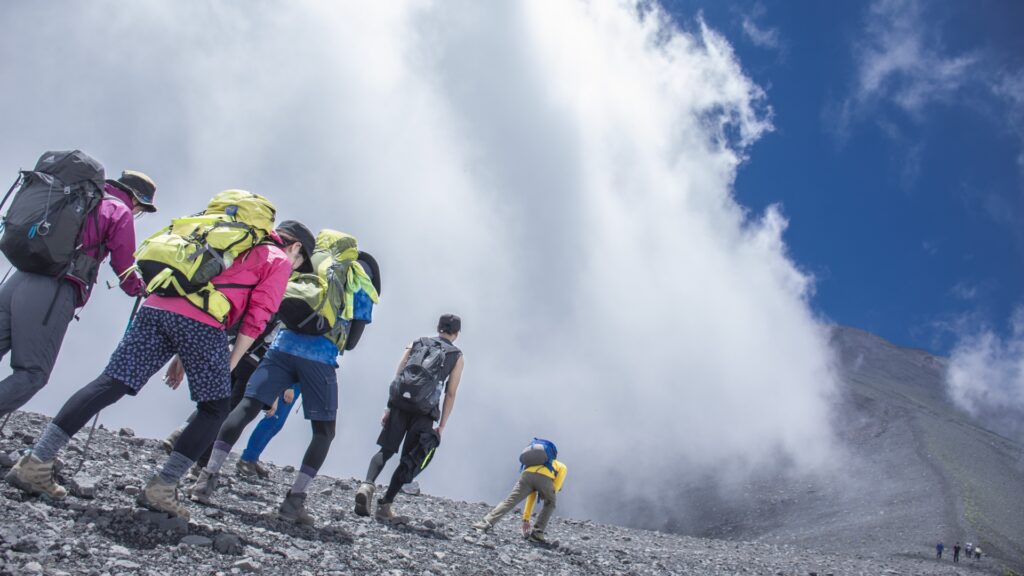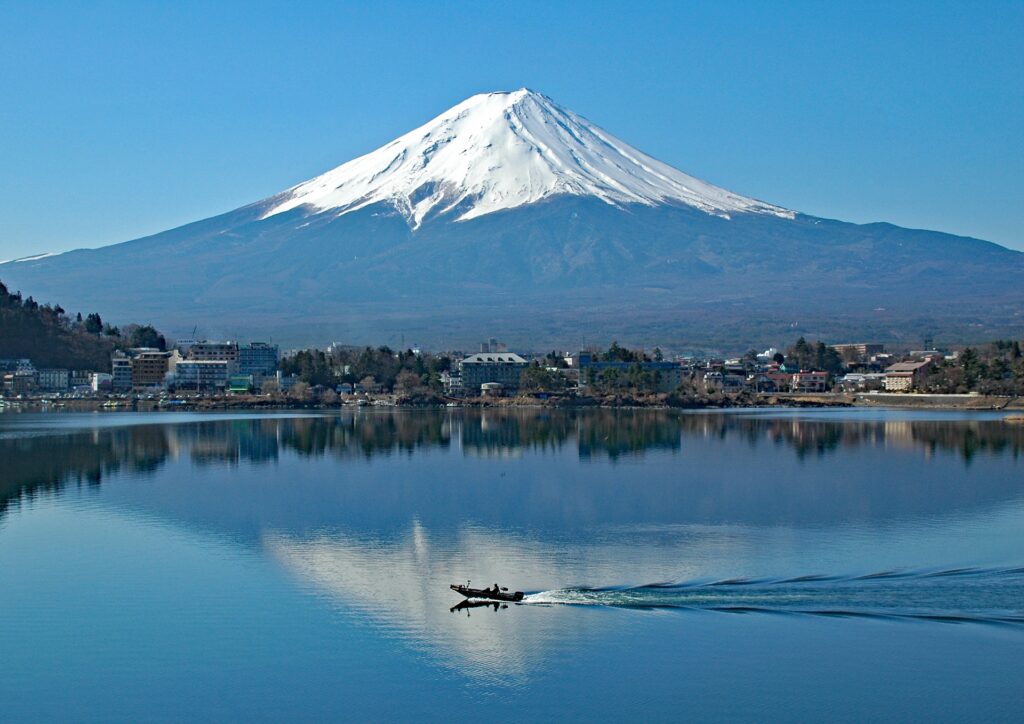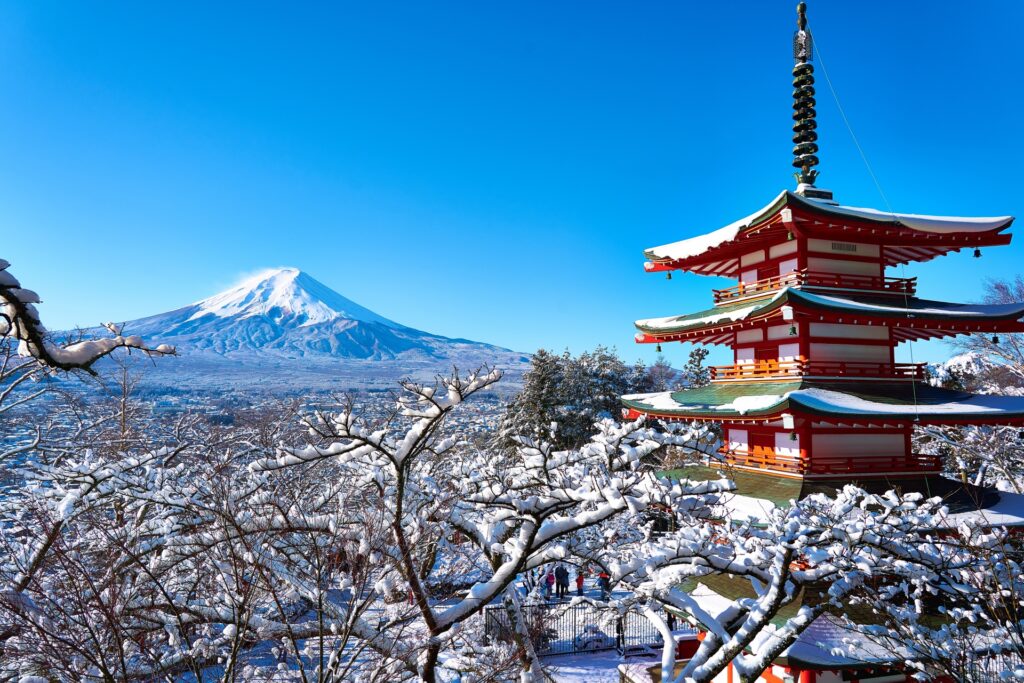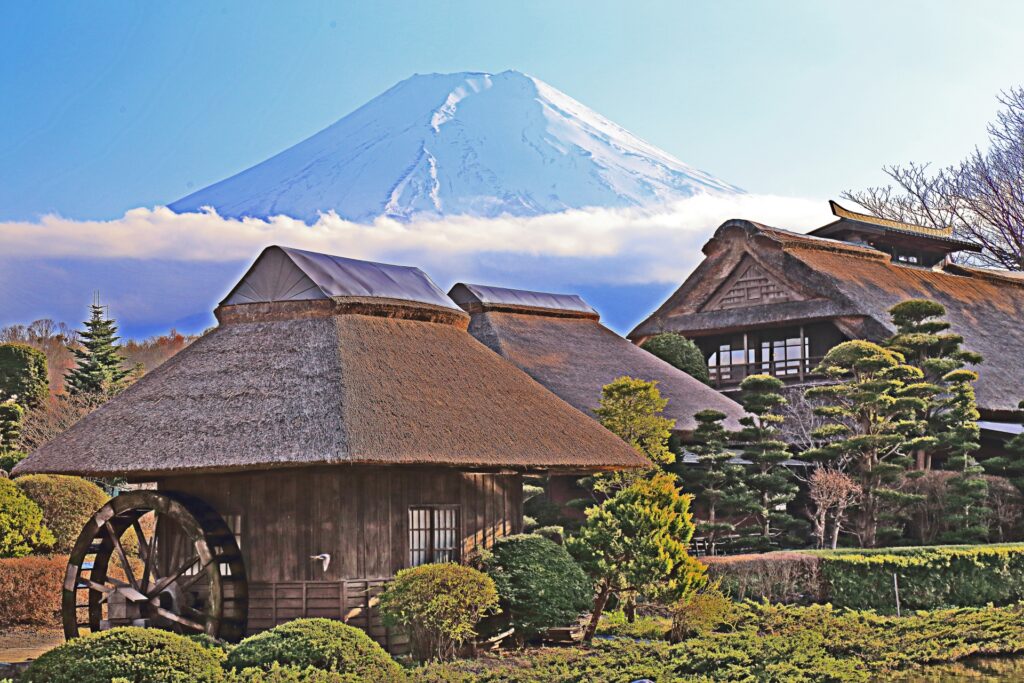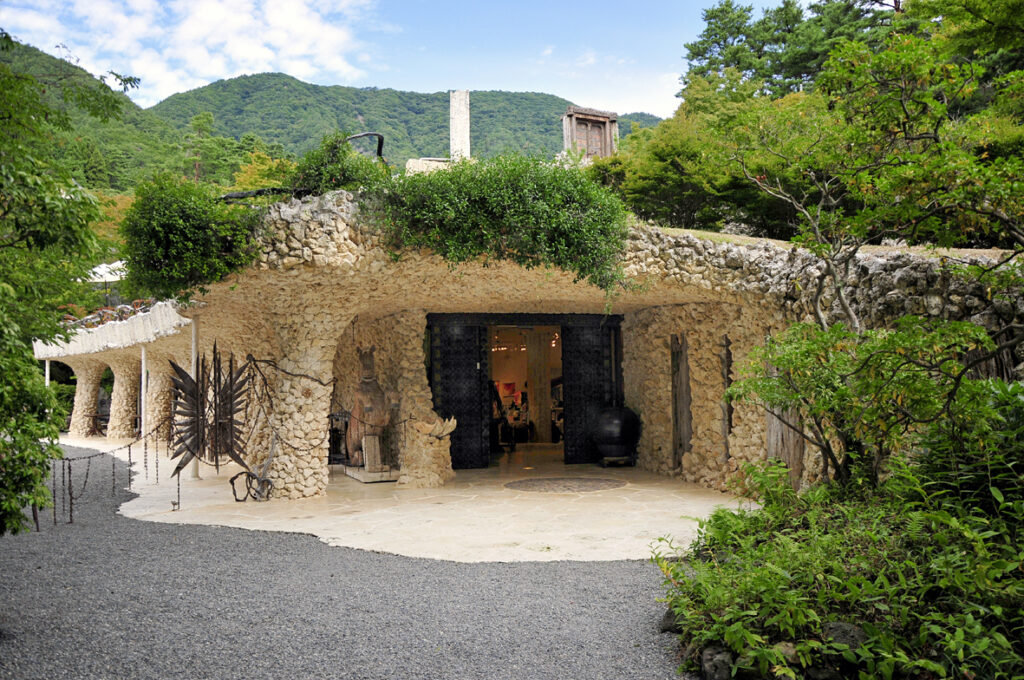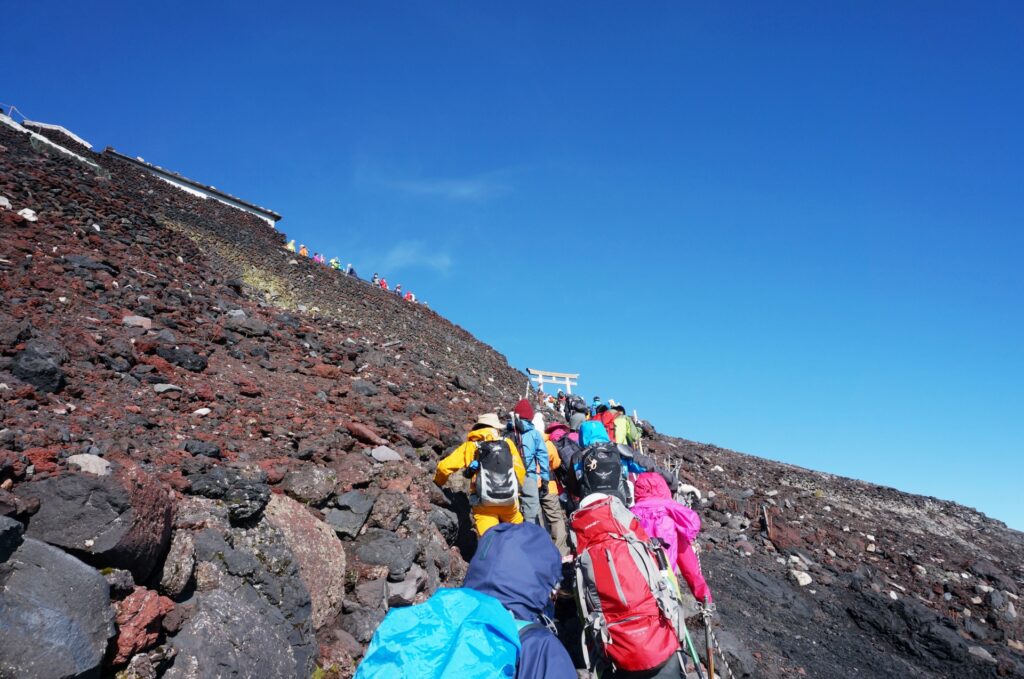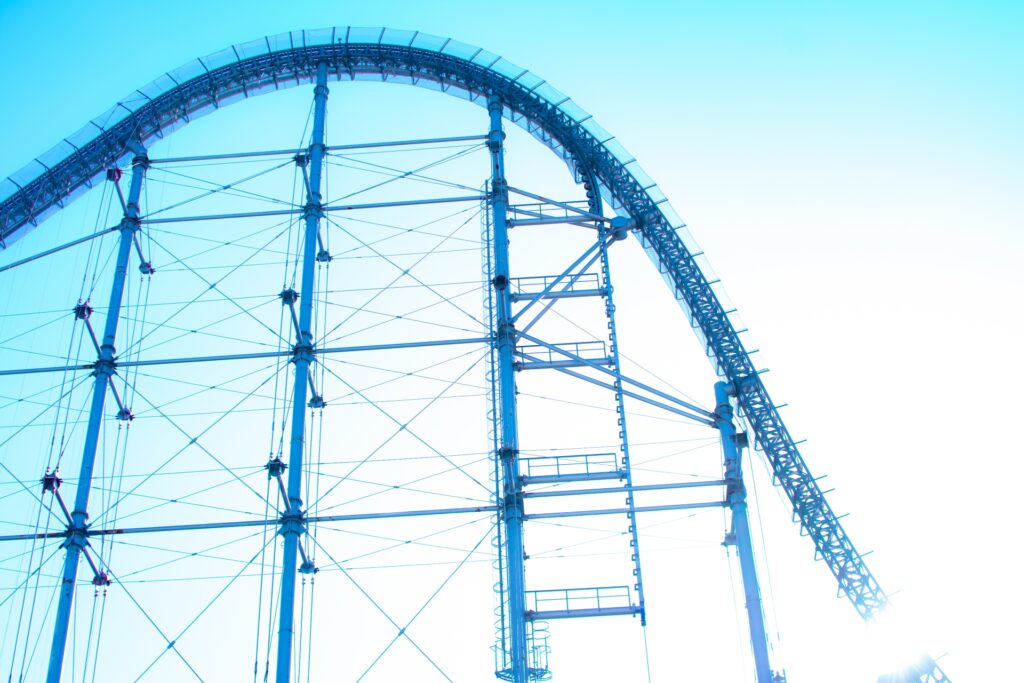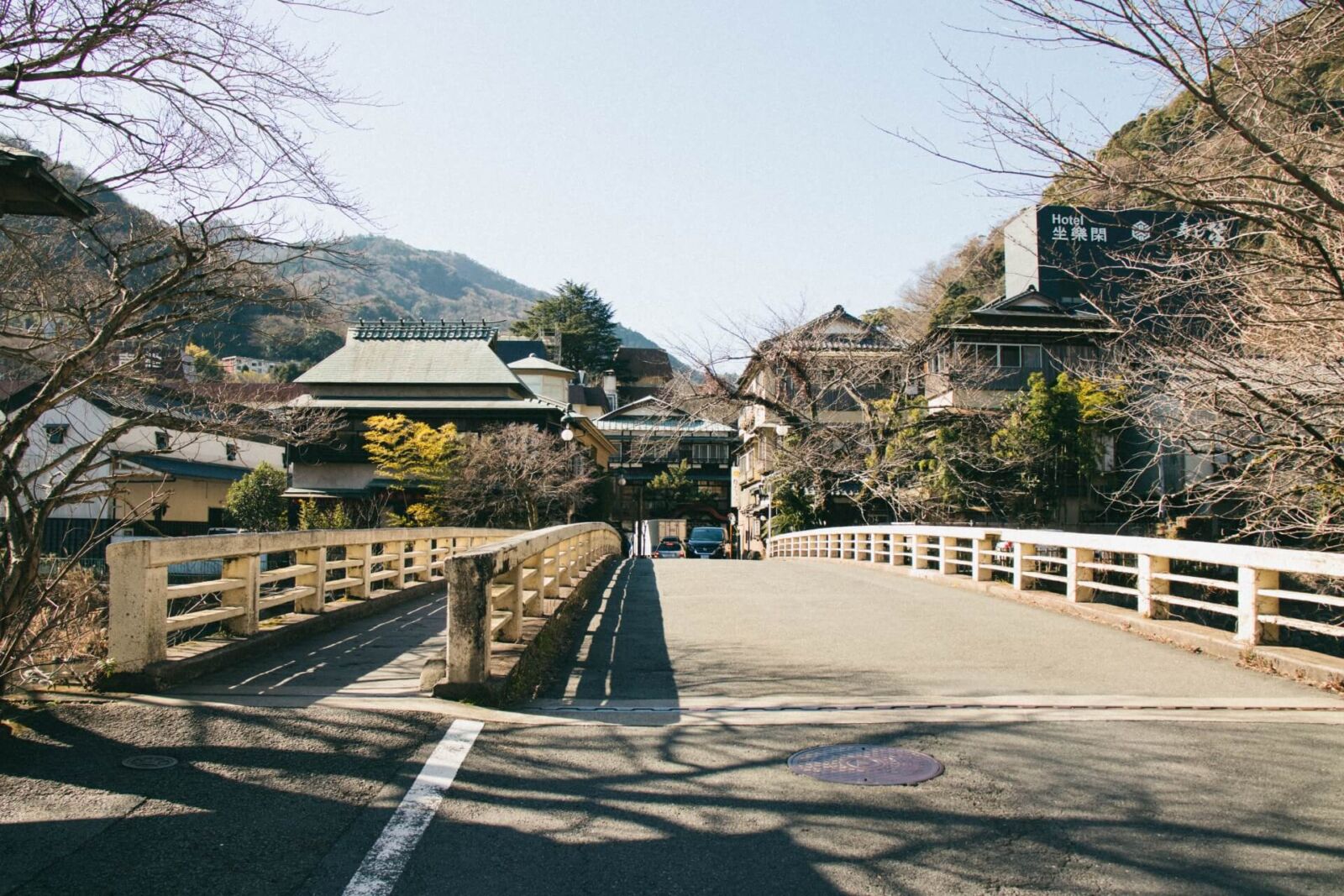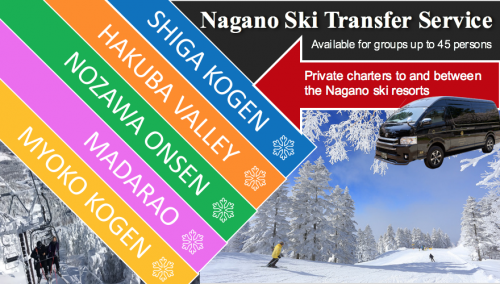OPEN CATEGORY
Climbing Mount Fuji
Fuji’s official climbing season runs from early-July until mid-September, during which time, all trails and mountain facilities are open. Weather is typically mild and this time and all snow will be ...Kawaguchiko (Kawaguchi Lake)
Kawaguchiko or ‘Kawaguchi Lake’ is one of five large bodies of water making-up Fujigoko or the ‘Fuji Five Lakes’. Of the five, Kawaguchiko is the easiest to access and offers the most attractions aro...Chureito Pagoda
Relatively unknown until recent years, Chureito Pagoda is part of the small Arakura Sengen Shrine Complex located nearby Kawaguchiko. The pagoda sits above the main shrine, accessed via a long – near...Oshino Hakkai
Oshino Hakkai is a reconstructed traditional village centred around eight naturally occurring ponds, fed by the snowmelt each spring. Bridges and paths lead between the ponds and past traditional tha...Fujiyoshida Sengen Shrine
Fujiyoshida Sengen Shrine is one of many around Fuji dedicated to the Shinto goddess, Konohara-sakyua Hime. Translating as ‘Princess Blossom of the Trees’, the deity and this shrine have a strong ass...Itchiku Kubota Art Museum
The Itchiku Kubota Art Museum profiles the life and work of textile artist Itchiku Kubota. The museum consists of the main exhibition building and the Gaudi-esque ‘New Wing’ building. Itchiku Kubota ...Fuji Subaru Line 5th Station
Located around 2300 metres above sea level, the Fuji Subaru Line 5th Station is the highest station on the popular Mount Fuji Yoshida Trail that can be easily reached using public transport. As such,...Fuji-Q Highland
Located in the shadow of Mount Fuji, Fuji-Q Highland is one of Japan’s most popular amusement parks and home to its best rollercoasters. The park boasts four main rollercoasters: 1. Fujiyama – once t...Hot Springs of Hakone
Known as ‘onsen’ in Japanese, Hakone is one of Japan’s most famous hot spring areas. Set amongst the beautiful landscape of the national park and often enjoying outstanding views of Mount Fuji, the n...



